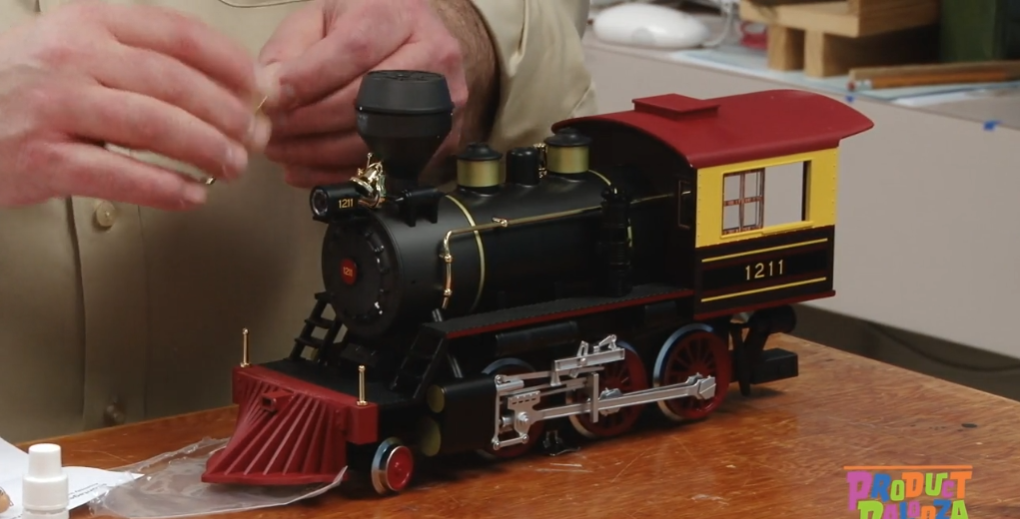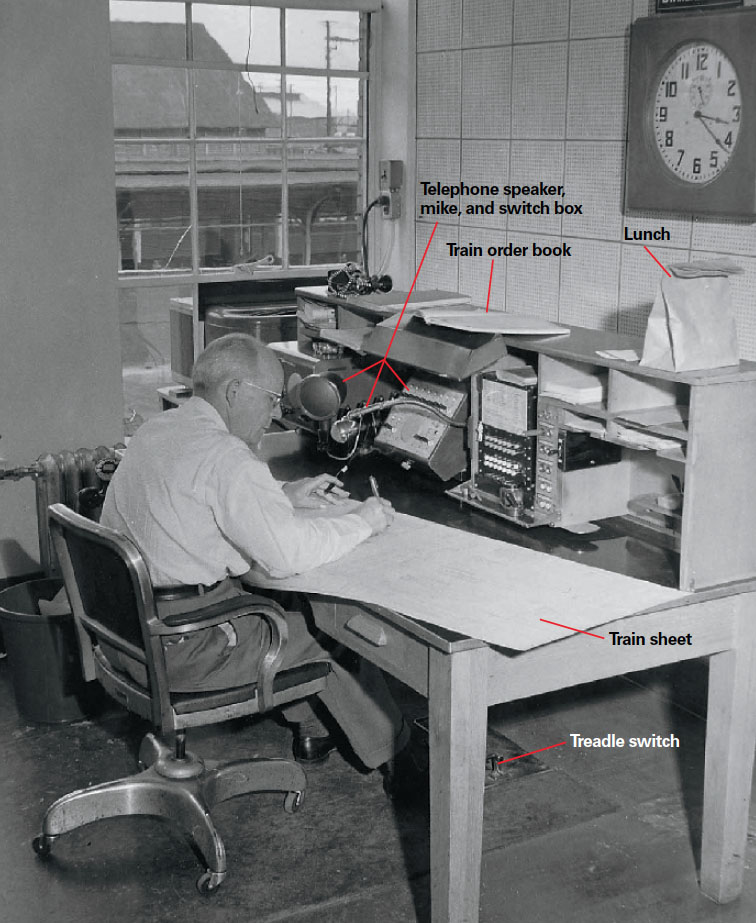
A train dispatcher supervises the movement of trains over a designated portion of a railroad and also supervises the other employees involved in that movement. The dispatcher’s first responsibility is safety, to see that each train gets over the road without trying to occupy the same piece of track at the same time as any […]
Read More…
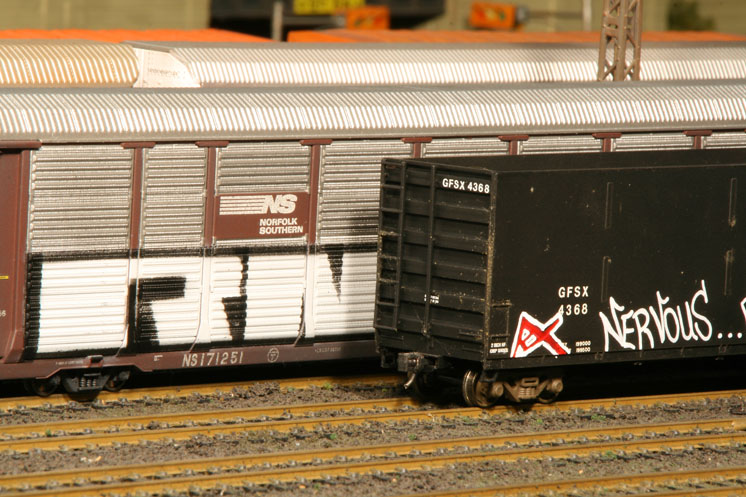
Like it or not, graffiti is part of the modern railroad scene. Matt Snell shares his techniques for adding different styles of graffiti to rolling stock using paint markers and an airbrush. All photos by Matt Snell. Matt Snell Fig. 1 Basic graffiti. Drawn or spray-painted lettering can be easily re-created on smooth-side cars and […]
Read More…

HO scale locomotives Electro-Motive Division FP7, F7A, F7B, and F9B diesel locomotives. Chicago & North Western (two single FP7s and two FP7/F7B sets in yellow-and-green scheme), Rock Island (FP7 in silver-and- maroon scheme and two FP7 sets [one each in silver-and-maroon and gray-and-maroon schemes]), Southern Pacific (FP7, F7B, FP7/F7B set, and FP7/F7A set in “black […]
Read More…
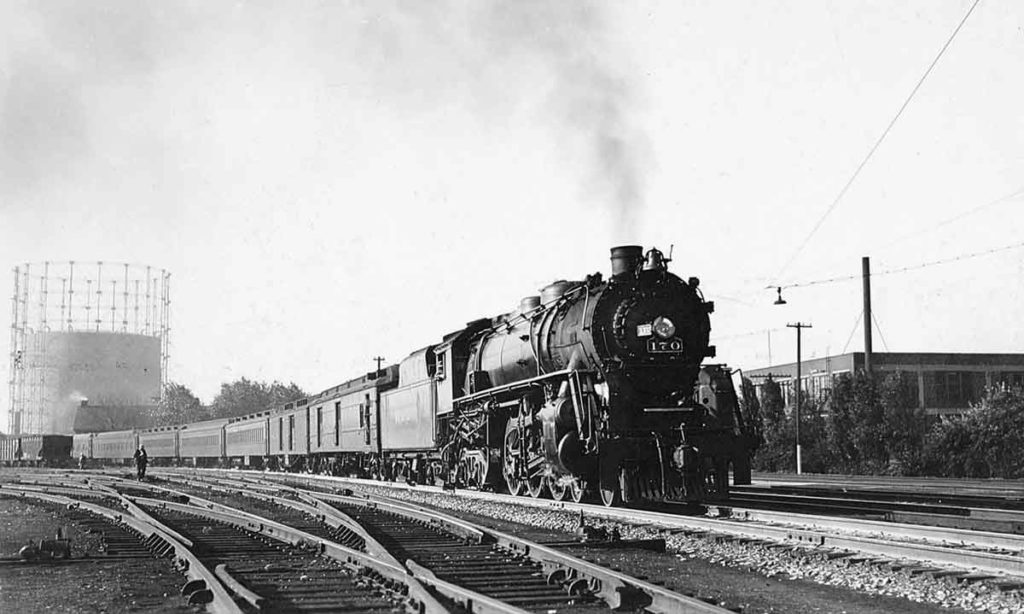
In February 2020, Classic Trains is celebrating the history, heritage, and splendor of the New York, Chicago & St. Louis Railroad. Enjoy this photo gallery, originally published online in September 2016, as the perfect salute to the Nickel Plate Road. Return each week for another salute to the railroad of the month! See what we […]
Read More…
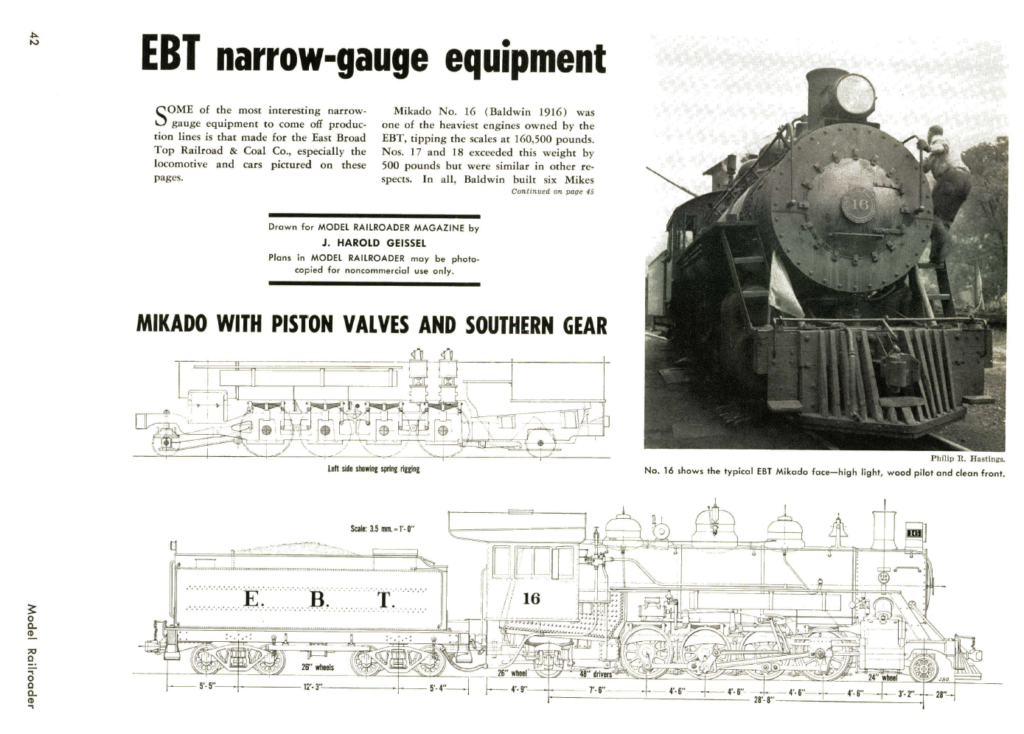
Some of the most interesting narrow-gauge equipment to come off production lines is that made for the East Broad Top Railroad & Coal Co., especially the locomotive and cars pictured on these pages. Mikado No. 16 (Baldwin 1916) was one of the heaviest engines owned by the EBT, tipping the scales at 160,500 pounds. Nos. […]
Read More…

In February 1956, the Interstate Commerce Commission approved abandoning the East Broad Top Railroad. Here are a handful of images by acclaimed steam locomotive and steam railroad photographer, Philip R. Hastings. A full timeline of East Broad Top events is available from Classic Trains online. […]
Read More…
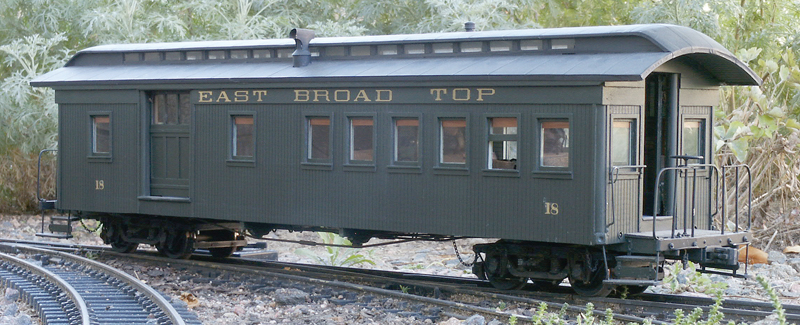
East Broad Top Railroad combine No. 18 has long fascinated the author. The opportunity to walk through the still existing, circa 1876 railroad car prompted him to build this 1:20.3-scale model of the car. Kevin Strong EBT combine No. 18 waits in the Rockhill Furnace yards for its next trip south to the mines at […]
Read More…
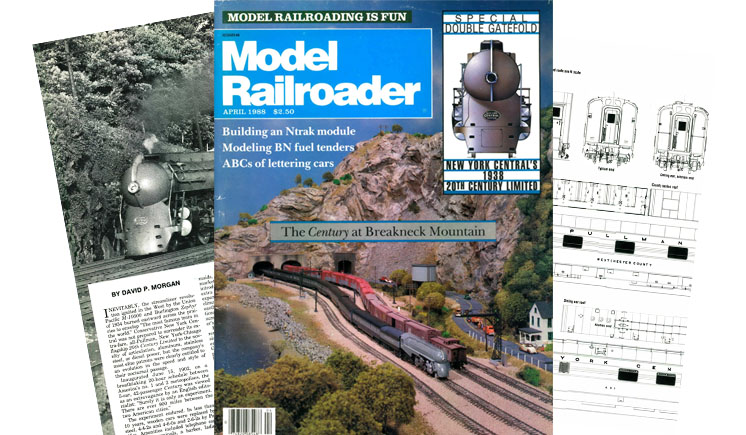
Model Railroader magazine remains the leading source of information for our great hobby. You can get access to all of the more than 1,000 issues of Model Railroader from January 1934 to the present day by signing up for the exclusive online archive. Check out this classic story from the April 1988 issue. […]
Read More…
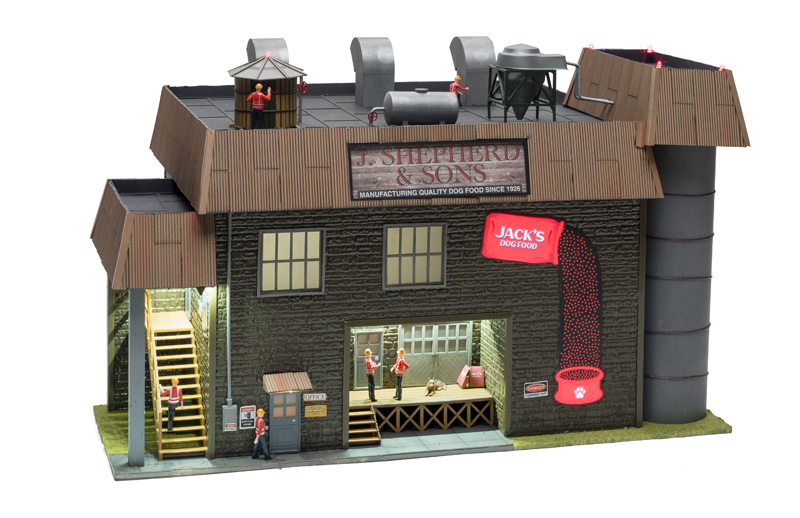
Bill Zuback J. Shepherd Dog food Factory from Menards Price: $99.99 (no. 279-4494) Features: Fully assembled and decorated, six figures and Jack the dog, warning lights, animated sign, loading dock, and train run-through. For illumination the factory requires a Menards 4.5-volt power supply, sold separately. Website: www.Menards.com/Trains There are probably a thousand potential industries that […]
Read More…
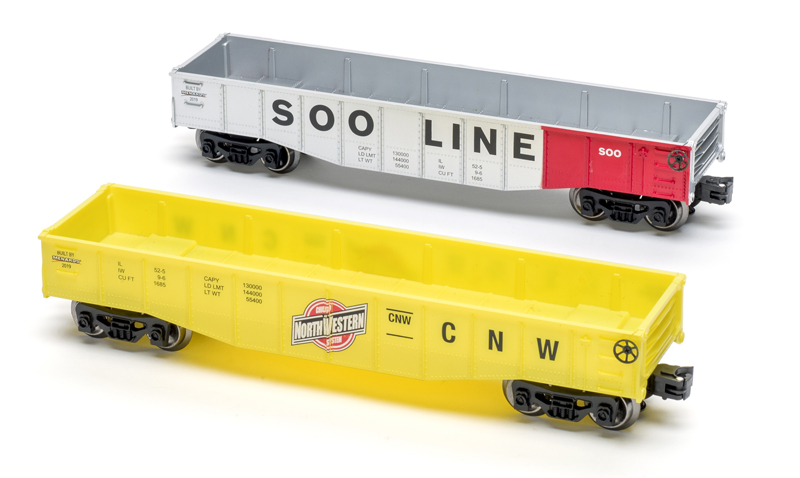
Bill Zuback photo Price: $19.99 Road names currently available: Baltimore & Ohio (blue, orange, and white), CSX (yellow and blue), Chicago & North Western (black and yellow with North Western logo), New Haven (orange, black, and white), Pennsylvania RR (Tuscan red and white with keystone logo), Santa Fe (silver and red with logo), Soo Line […]
Read More…
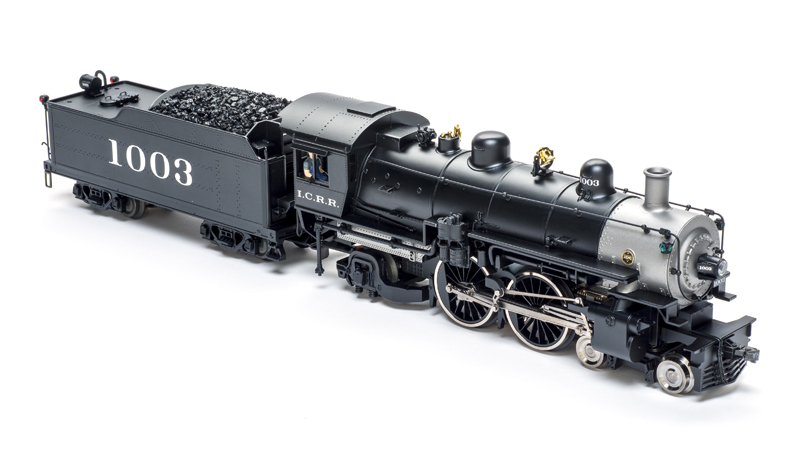
Bill Zuback O gauge 4-4-2 Atlantic from Lionel Price: $799.99 (no. 1931200) Features: Die-cast metal construction, wireless tether, tender coil coupler, illuminated cab, adjustable smoke output, Lionel Legacy command and sound systems, Odyssey II speed control, Bluetooth capable for LionChief universal remote or LionChief app Low speed (conventional): 5.5 scale mph Low speed (command mode): […]
Read More…











